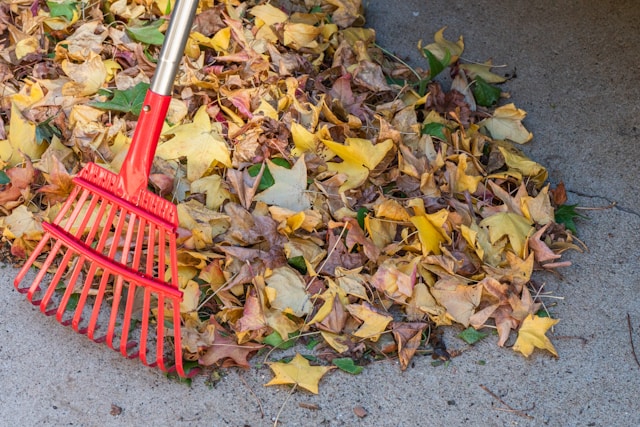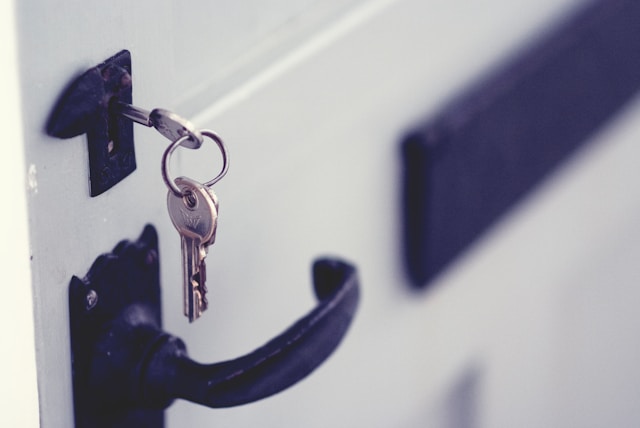Leaves provide a picturesque view during autumn but can create a slipping hazard and encourage mold and fungi. Proper leaf cleanup is essential to the health of your yard.
Use these tips to make the process of raking, blowing, and disposing of leaves more efficient. Work in sections to avoid losing the leaves you have collected, and always start from the perimeter of your yard.
Raking
Maintaining a beautiful, healthy yard during fall requires more than regular mowing and watering. It also involves the periodic task of raking leaves to ensure your lawn and garden remain tidy. Raking can be challenging and time-consuming, but several tips can help you improve your raking skills and complete the task more efficiently.
Disposal
Leaf piles that aren’t disposed of properly are more than an eyesore for your yard. If left unattended, they can smother and kill grass and disrupt the natural water flow into and out of your soil. They can also attract pests and provide food for fungus and mildew.
Regular raking and other leaf-management practices keep your lawn healthy and prevent problems such as thatch buildup and excessive thatch, which in turn lead to puddles that can harbor mosquitoes that spread diseases. Plus, when the leaves fall on the ground, they provide valuable nutrients for your garden and soil.
A leaf cleanup Kent professional service can do the work quickly and efficiently, saving you time and money. They can use a leaf vacuum to do the job and mulch mowers that shred the leaves for more efficient disposal. They can also offer various other services to make your yard even better.
Start with a Clean Yard
Before starting your leaf cleanup, remove any toys, garden furniture, or debris hindering the process. It’s also a good idea to mow your lawn so the grass is at its shortest before raking.
Blowing
As leaves fall and gather in the yard, it’s essential to have a system in place to remove them before they pile up. A thick layer of leaves can suffocate the grass and promote diseases and pests. They can also block gutters and drains, leading to water damage to the home and yard. In addition, leaf buildup can affect the soil pH and contribute to plant decay.
Blowing leaves is a quick way to remove large volumes of fallen leaves from the yard. However, the method can be more time-consuming and tedious than raking. Additionally, blowing can leave a layer of dead leaves behind, smothering the grass.
Before starting your leaf cleanup project, ensure the blower is fueled and working correctly. Additionally, it’s a good idea to wear appropriate safety gear and have the right tools on hand (rake, tarp, garbage bags, etc.). Also, it’s best to work in sections to make the process more manageable.
Composting
Fall leaves provide a natural, nutrient-rich mulch and compost source that helps improve soil health and structure, retain water, and reduce erosion. Composting is also a great way to recycle organic material from the yard and kitchen and help to reduce waste, making it a win-win for the environment and the homeowner.
Start your backyard compost pile or purchase a bin to manage leaf litter. Be sure to mix in many brown materials such as hay, wood chips, shredded paper, and greens like grass clippings and kitchen scraps. Leaves are a high carbon source, or “brown,” and must be mixed with more nitrogen-rich material to help them break down quickly.
If you need more time to start your compost pile, ask neighbors and friends with trees if they’d mind passing on some of their extra bags. They’ll be thrilled to eliminate their unwanted leaves while you can use the free, organic material in your garden!





